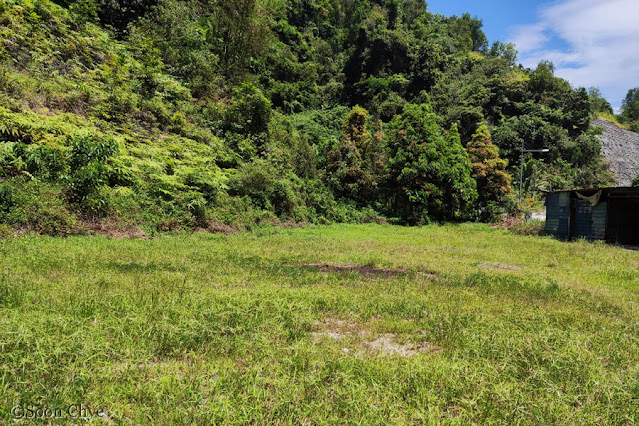Life history of the Branded Orange Awlet (Burara eodipodea)
Butterfly description:
The Branded Orange Awlet is rare in Malaysia, as there have been no recorded sightings from Malaysia on iNaturalist, and no posting on the "Butterflies of Singapore and Malaysia" Facebook group.
One reason that might contribute to the rare sightings could be that the skippers are crepuscular, flying at dusk and dawn.
Host plant: Arthrophyllum diversifolium
Background
While trekking at Tampin Hill, we stumbled upon a caterpillar in its final developmental stage, nestled in its leaf shelter on Arthrophyllum diversifolium. The initial presumption that the caterpillar belonged to the Great Orange Awlet (Bibasis etelka), as its pattern, closely resembled that of the Great Orange Awlet caterpillar, despite its choice of a different host plant, distinct from the commonly recorded Combretum sundaicum.
The caterpillar was nurtured to adulthood, and upon eclosion, the resulting skipper appeared smaller and notably distinct from both the Great Orange Awlet and the Orange Awlet (B. harisa). Upon closer examination, it became evident that it was, in fact, the Branded Orange Awlet.
 |
| Last instar larva |
 |
| Pupae of the Branded Orange Awlet |
 |
| 3 different size of leaf shelters found on the host plant |
Reference:
The Butterflies of The Malay Peninsula, A.S. Corbet and H.M. Pendlebury, G. and N. van der Poorten (Eds.), 5th Edition, Malayan Nature Society, 2020










































